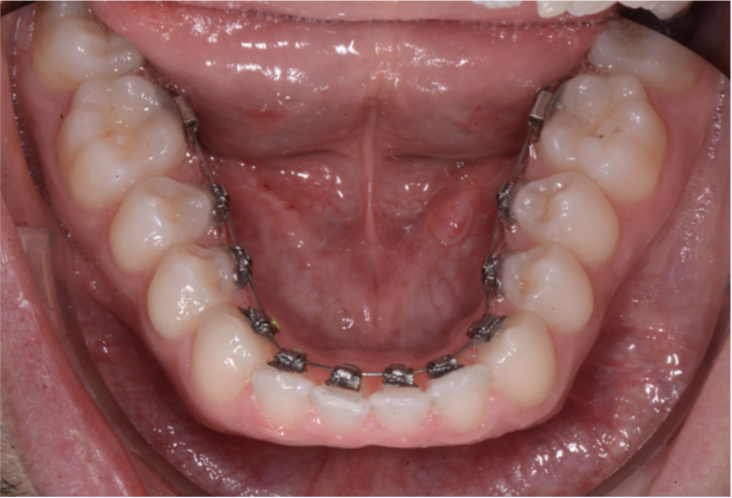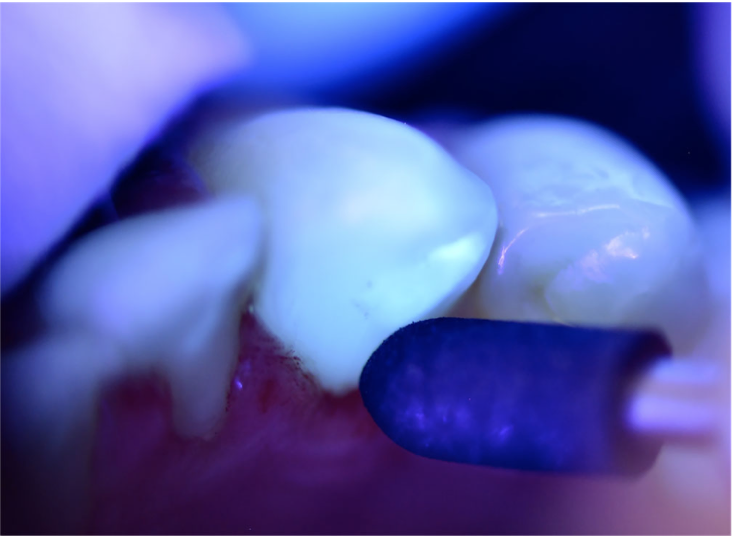| Dentists who have removed a fixed orthodontic appliance, at some point, have asked themselves…did I remove the entire composite? Am I shaving away the enamel now? If you leave too much bonding material, you are risking discoloration, plaque buildup, decalcification and caries. If you remove too much, you are removing sound enamel, causing tooth damage and possible sensitivity. And when it comes to the newly popular “lingual braces,” it can be a nightmare taking off all the bonding from irregular anatomy on the lingual surfaces of teeth. What is a lonely dentist to do? Well, did you know that most composite and adhesive systems have different fluorescent properties than enamel? Therefore, using fluorescence is a simple, non-invasive, accurate and time-effective method of removing bonding materials. Any UV LED flashlight with a wavelength around 395nm can do this inexpensively – and they are readily available. |
For your reference, we have also provided a breakdown of different types of composite removal burs, their pros, and cons – to make your life just a bit easier.
| Features | Bur Type |
| Irreversible damage on enamel | Arkansas Stones Green Stones Diamond Burs Steel Burs Lasers |
| Fast removal, but risk of enamel roughening | Tungsten Carbide Burs |
| Most reliable method | Sof-Lex Discs Pumice slurry |
| Low effectiveness, but minimal risk for enamel damage | Ultrasonic tools Hand instruments Rubbers Composite polishing burs |
Today’s Morning Huddle was brought to you by Dr. Paolo Albertini – Ferrara, Italy.






